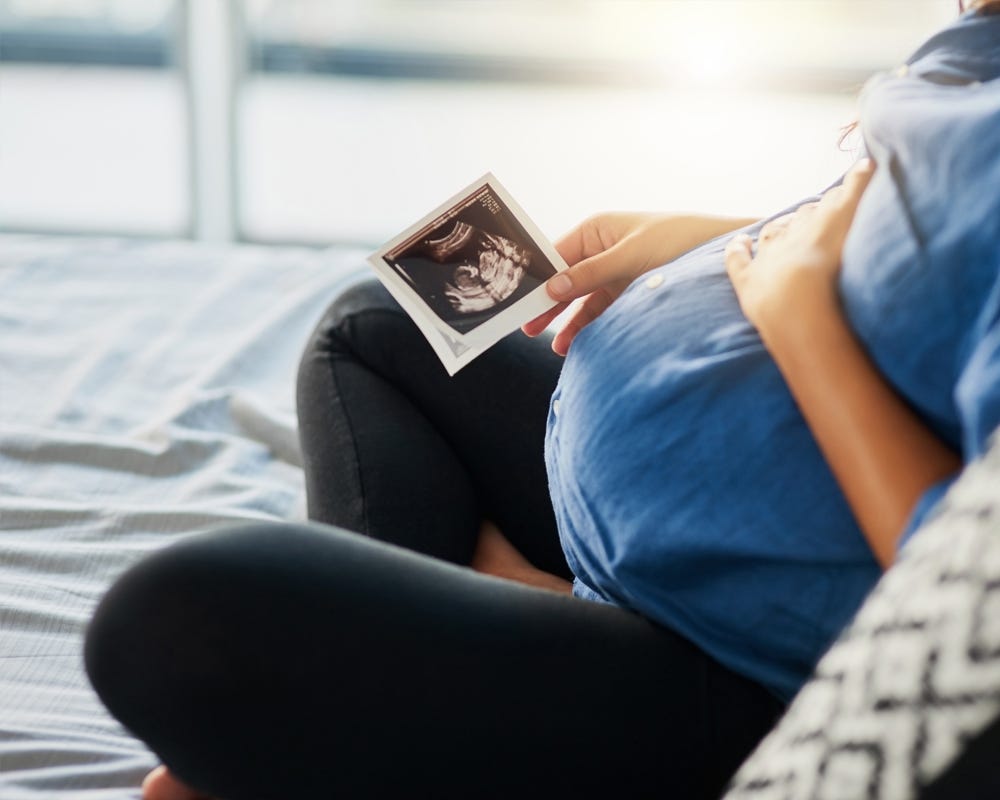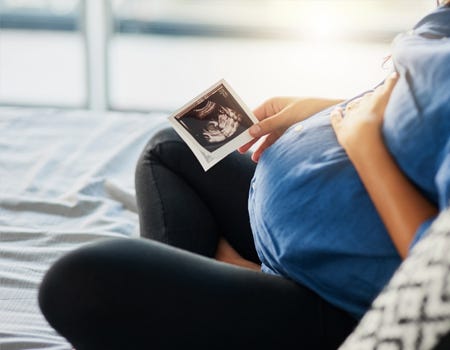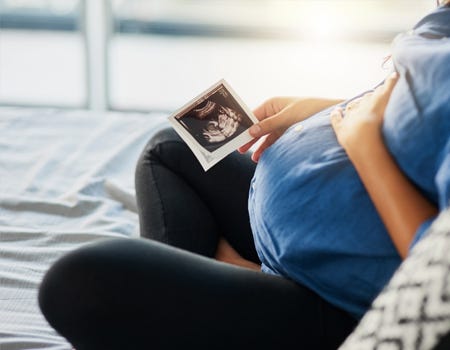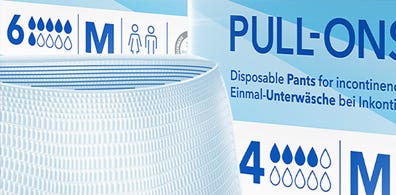Incontinence in Young Women: Key Causes



While urinary incontinence is often associated with older people, you can experience it at any age. Many young women may develop urinary incontinence for several reasons and understanding what’s causing your condition may help you manage it better.
In this post, we explain what incontinence in young women can look like, highlighting its possible causes and providing tips to help you manage it.
What is incontinence in young women?
Urinary incontinence is the involuntary passing of urine – either a few drops or the complete emptying of your bladder. Sometimes, it can happen urgently, known as urgency incontinence. At other times, it can occur when you exert yourself by sneezing, coughing, jumping or exercising (stress incontinence).
If you’re a young woman experiencing urinary incontinence, remember that you’re not alone. The good news is that generally speaking, you can improve and manage your urinary incontinence to regain your confidence and continue doing the things you love.
While urinary incontinence in young women isn’t typical, it can sometimes occur for an underlying reason.
Possible causes of incontinence in young women
The most common type of incontinence that affects younger women is stress incontinence which happens when there is stress or pressure on the bladder. Urinary incontinence in younger women can be caused by certain lifestyle habits, like drinking too much caffeine or alcohol, strenuous exercise, childbirth and health issues like urinary tract infections, hormonal changes, constipation or having to take certain medications.
Speaking with your doctor or continence specialist is an essential first step, as they can investigate your symptoms and rule out or diagnose the underlying cause.
Let’s take a closer look at some of the key causes of urinary incontinence in young women.



Childbirth
Childbirth is one of the most common causes of urinary incontinence in women. When you’re pregnant, the hormonal changes and weight of your baby can weaken and stretch your pelvic floor muscles. Not only that but giving birth can also weaken your pelvic floor, especially during vaginal delivery.
Generally, childbirth causes stress incontinence, increasing your symptoms when you laugh, cough, sneeze or exercise.
Some young women may be more at risk of developing incontinence after childbirth if:
- It’s their first baby
- You already have bladder or bowel problems before or during pregnancy
- Your baby was particularly large and you gave birth naturally
- You had a long labour
- Your delivery was difficult
Although stress incontinence from childbirth can be frustrating to deal with, you can improve it by strengthening your pelvic floor muscles with regular exercises that target them.
However, always speak with your doctor or continence specialist before performing pelvic floor exercises. That way, they can ensure they’re right for your needs.
Increased urine production at night
As a woman, many fluctuating hormones in your body can increase and drop rapidly throughout your menstrual cycle. Before you ovulate (release an egg from the ovaries), your oestrogen levels peak before decreasing until your period starts.
Oestrogen is one of the most vital hormones and low levels can increase stress and urgency incontinence. Low levels can cause urinary tract and pelvic floor issues, for example, leading to potential difficulties in holding your urine.
If you have a hormonal imbalance, you may experience lower-than-average oestrogen levels, increasing your risk of incontinence. Because of this, you might also notice symptoms occur more often during the stage of your menstrual cycle when your oestrogen begins to drop (after ovulation).
Excessive exercising
Although exercising is usually good for your overall health, high-impact exercises, like running and weight lifting, can potentially weaken your pelvic floor and lead to stress incontinence.
If you’re experiencing stress incontinence while exercising, changing your routine to something less impactful might make a difference. Exercises like Pilates have less impact on your body and can also strengthen your core, which helps support your pelvic floor muscles.
Type one or type two diabetes
Being overweight or obese is one of the main risk factors for urinary incontinence in young women. A body mass index (BMI) of over 30 dramatically increases your risk of developing incontinence.
Having a high BMI means additional weight is putting an added strain on your pelvic floor muscles and abdomen, weakening them and leading to an increased risk of incontinence.
Other medical conditions
Certain medications can cause urinary incontinence in younger women. Some antidepressants can cause urinary retention (where your bladder doesn’t empty), which then leads to overflow incontinence (where your bladder becomes too full and involuntarily releases).
Some examples of medications that can affect the bladder are listed below:
Blood pressure medications – Some blood pressure tablets can cause overflow incontinence by relaxing the bladder and preventing it from contracting
Antidepressants – Can cause urinary retention and overflow incontinence
Alpha-blockers – Relax the bladder outlet and urethra
Antihistamines – can relax the bladder, making it difficult for the bladder to release urine. This can cause the bladder to fill up and leak urine unexpectedly. e
Anticonvulsants – Can be associated with urinary incontinence
Oestrogens – Can be associated with urinary incontinence. However, some evidence suggests that local oestrogen therapy, such as vaginal creams or pessaries, may improve incontinence
Diuretics – Also known as water pills, these medications make your body produce more urine
A combination of different factors can also potentially cause incontinence in young women. For example, if you take a particular medication and perform high-impact exercises regularly, this could elevate your risk.
However, as medication plays an essential role in your overall health, stopping them both entirely isn’t a good idea. That’s why it’s important to speak to your doctor or continence specialist for advice. They can review your medication and offer advice regarding lifestyle changes.
Lifestyle tips to promote continence
With this in mind, here are some of our top tips to help you manage your condition with the support of a continence specialist:
Cut down on caffeine – caffeine is a bladder stimulant, increasing urine production and your risk of incontinence. Try swapping to decaf instead to see if this makes a difference.
Switch your exercise routine – if your current exercise routine often ends in stress incontinence, the exercises you’re performing might not be helping your pelvic floor. Try using low-impact exercises to strengthen your core instead, and add pelvic floor exercises to your daily routine.
Eat a balanced diet – as well as exercising, eating a nutritious diet can help you maintain a healthy weight and reduce urinary incontinence.
Seek medical advice for hormonal profiles or medication adjustments – you can address hormonal imbalances or medication that causes urinary incontinence in young women by speaking to your doctor. You may be able to reduce your incontinence if they can treat the underlying cause or adjust your medications.
Try incontinence products – whilst you’re waiting for treatment, if your incontinence makes you anxious about leaving the house, female incontinence products could help you regain control. Incontinence products are no longer ample, bulky pads that make you feel even more self-conscious. Nowadays, a broad range of discreet products can provide you with comfort, protection and confidence.



Manage your incontinence with Attends
Being a young woman with incontinence can harm your self-esteem and make it challenging to do what you enjoy. However, by taking on board our top incontinence tips and understanding the cause of your incontinence, you can get it back under control (and, in some cases, even improve it).
At Attends, we offer many incontinence products for young women that are discreet yet provide full protection. So, you can carry on doing what you love with confidence and complete incontinence protection.
Discover our entire range of incontinence products to see how you can effectively manage your condition.
Sources
● NHS - Key Causes of Urinary Incontinence
● National Institute of Health - Information for Women (Urinary Incontinence)
● American Journal of Obstetrics - Urinary Incontinence, BMI and Physical Activity in Young Women
● National Library of Medicine - Improving Urinary Incontinence in Overweight & Obese Women
● NHS Inform - Urinary Incontinence in Women

Sexual Health & Incontinence

Which Medications Can Cause Incontinence?

Incontinence in Young Women: Key Causes

Nocturia & Nocturnal Enuresis (Adult Bedwetting)

How To Stop Urine Leakage When Coughing



